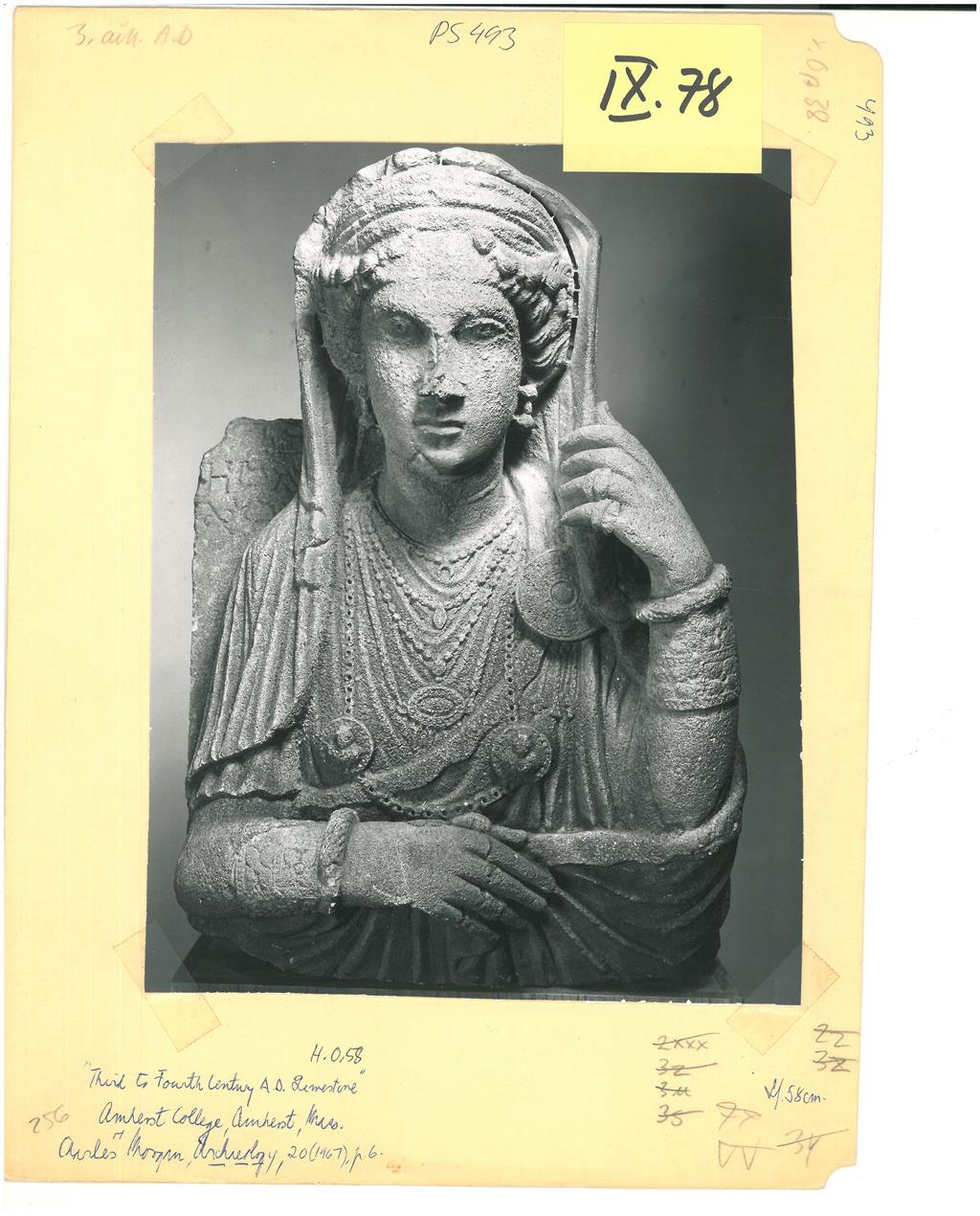Palmyrene Funerary Iconography at the Archaeological Institute of America's Annual Meeting
UrbNet Centre Director Professor Dr. Rubina Raja (Aarhus University) and Professor Maura K. Heyn (The University of North Carolina at Greensboro) organised and hosted the session “Unusual Choices in Palmyrene Funerary Iconography” at the Annual Meeting of the Archaeological Institute of America.

By Assistant Professor Olympia Bobou.
On 10 January, the last day of the Archaeological Institute of America’s 2021 meeting, UrbNet Centre Director Professor Dr. Rubina Raja and Professor Maura K. Heyn organised and hosted a session on Unusual Choices in Palmyrene Funerary Iconography.
The framework and the aims of the session were introduced by Rubina Raja and Maura Heyn: an exploration and study of “oddities” such as one-off scenes or elements and unusual or unparalleled iconographical choices: could they reveal deliberate deviations from the norm, references to activities invisible in the material record, and shed light on the complexity of Palmyrene society?
Fred Albertson’s paper on “The Phrygian Cap in Palmyrene Art” demonstrated how the cap should more appropriately be called “Persian” rather than ‘Phrygian” in Palmyra, as a more accurate designation of its source. Olympia Bobou’s paper on “Birds of Prey” showed how there are gaps in our knowledge of elite activities in the city of Palmyra. Rubina Raja’s presentation on “Portrait Representations on Attributes in the Palmyrene Funerary Sculpture”, with a focus on necklaces with busts on female portraits, showed how these could relate to the women’s sense of identity and tribal associations.
Maura Heyn presented an unusual relief with a gaming scene in her paper “The Significance of Playing Games in the Palmyrene Tomb” that highlighted the range of choices for funerary objects available to the Palmyrenes, and offered new considerations as to the meaning of such scenes in the tombs. Jeremy M. Hutton in his paper “Anomalies in Funerary Representation Encountered in the Course of the WPAIP’s Research” presented six case studies that contribute additional comparative data to the study of Palmyrene portraiture and its modern imitations. Lisa Brody gave the last paper “A Palmyrene Relief of Nemesis from Dura-Europos”. This was a thorough analysis demonstrating the processes behind the creation of a votive relief.
The papers showed how Palmyrene society was complex and sophisticated, and how its members drew from culture knowledge from all of its neighbours in order to create images that had a unique significance. The discussion was lively and highlighted how, even with our current knowledge of Palmyrene artefacts, there is still much to be studied.
For more information, see the following project websites:
- The Palmyra Portrait Project: https://projects.au.dk/palmyraportrait/
- Archive Archeology: Preserving And Sharing Palmyra’s Cultural Heritage through Harald Ingholt’s Digital Archives: https://projects.au.dk/archivearcheology/
- Circular economy and urban sustainability in Antiquity: https://projects.au.dk/circulareconomy/about/
